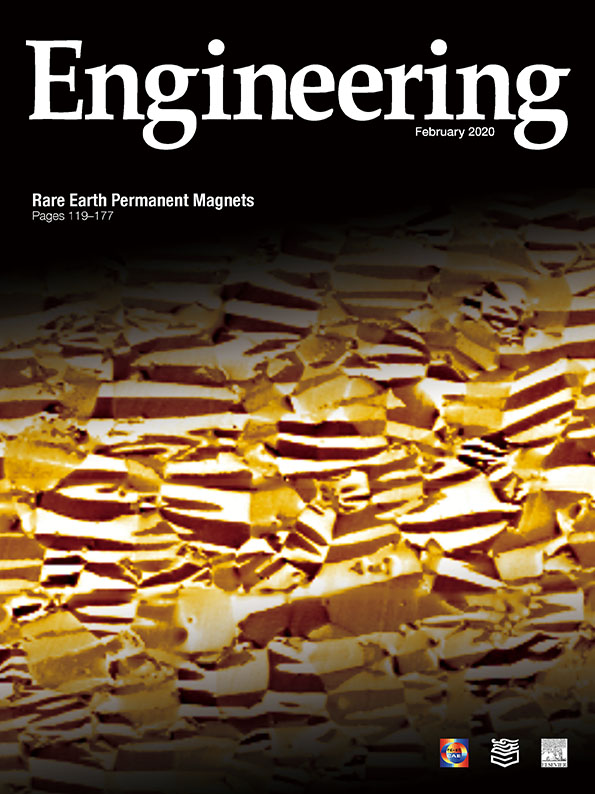
Rare earth permanent magnets (REPM) have been widely used in the energy, information and communication, and automobile industries, as well as in electrical engineering, biomedical engineering, and other fields. In a great leap, China has advanced from being the country with the largest rare earth reserves to becoming the world’s largest production base and application market of REPM. In 2018, China’s production of REPM green compacts amounted to 1.57 × 105 t, of which 2.69 × 104 t were exported. China’s REPM industry is one of the most important industries in the world and holds great influence.
Given the application requirements of sintered Nd–Fe–B magnets in wind power generation, hybrid and pure-electric cars, and energy-efficient appliances, and with the demand for a low-carbon economy rapidly increasing, the main direction of development for REPM is toward double-high magnets (i.e., with a high energy product and high coercivity) with a low cost. Such magnets will meet the new application requirements of REPMs in emerging fields and will help address the rising prices of raw materials, while promoting the efficient use of rare earth resources. In recent years, great progress has been made in the fields of high-performance REPMs, heavy rare earth reduction technology, hot-pressing and deformation technology, waste magnet recycling, and more.
This special issue presents the latest developments in REPM based on leading research in the field, with the aim of establishing a forum for the discussion of recent progress in ① the improvement of magnetic properties, ② reasonable and balanced usage of rare earth resources, ③ REPM recycling, ④ advanced characterization of REPM microstructures and magnetic properties, and ⑤ the extensive exploration of novel permanent magnets. The issue includes eight papers that report on recent advances in the field of REPM and provides a useful understanding of the state of the art.
We would like to thank the contributors for their valuable manuscripts and the reviewers for their dedication and responsibility. It has been our honor to work together with the editorial team of Engineering and the Chinese Academy of Engineering. Their great efforts to assemble this excellent issue are very much appreciated.













 京公网安备 11010502051620号
京公网安备 11010502051620号




